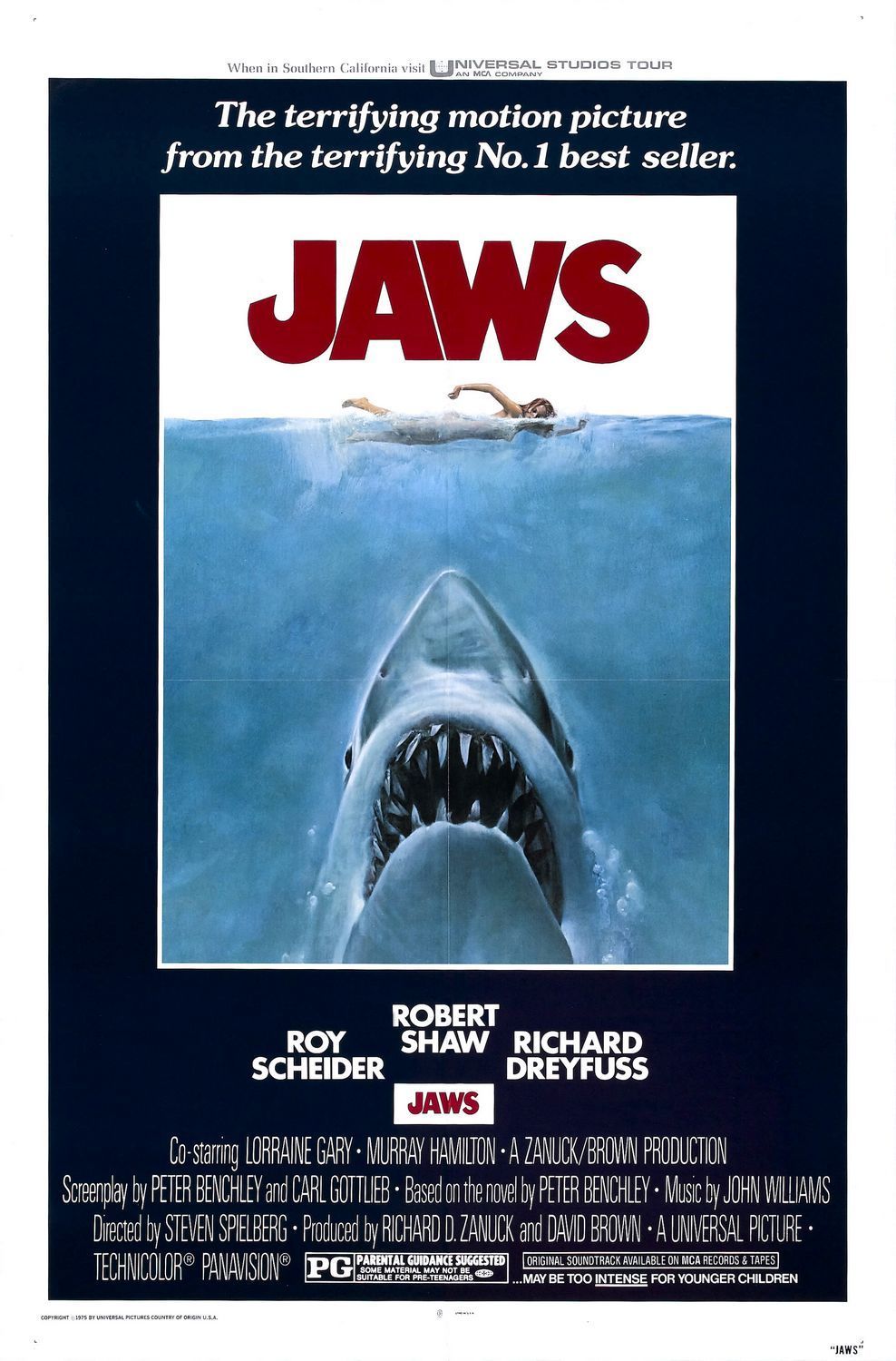As ‘Jaws’ Turns 50, It’s Time To Bring Back the Grand ’70s Tradition of Animal Disaster Movies

In the 1970s, one film kept beachgoers—and generations of beachgoers to follow—out of the water with an irrational fear of big teeth eating them whole, accompanied by a chilling John Williams score. That movie, of course, is Jaws, the iconic Steven Spielberg film that launched the era of the summer blockbuster 50 years ago. And in Hollywood, overwhelming success leads to a slew of copycat films, as true now as it was then, and Jaws was no different.
Films featuring disastrous events orchestrated by spiders, killer bees, killer whales, snakes, St. Bernards, and, yes, more sharks began peppering theaters in droves. Some were better than others, of course, but they all still managed to deliver fun, fright, and entertainment. As time has worn on, though, the genre may still be alive, but apart from a few standouts here and there, animal disaster movies have forgotten what made them special in the first place. Isn’t it time to bring back the grand tradition of those great films?
The Animal Disaster Films of the 1970s Were Simply Effective
Jaws wasn’t the first animal disaster film of the 1970s—the killer bunnies of Night of the Lepus in 1972 and the titular beasts of 1973’s Pigs predate it—but easily the best, and ground zero for over 20 animal horror movies released between 1976 and 1980. The quality varied wildly, but each still worked with a simple effectiveness, making the most common of critters antagonists.
The creatures in these movies exist in real life, and it’s not like anyone knows what it is they’re thinking at any given time, so it’s easy to slip into an irrational fear of their intent. The movies didn’t have to be good, but if they were plausible, they worked. It isn’t likely tarantulas will turn aggressive because of pesticides, group together, and take over an entire town, but it could happen, as seen in 1977’s Kingdom of the Spiders. 1978’s The Swarm capitalized on the fear of killer bees advancing into the U.S.; again, not entirely likely despite sensationalized media at the time, but plausible (even 9-1-1 utilized that to great effect).
Animal Disaster Movies Need To Go 1970s Retro With 21st Century Know-How
Films like Cujo kept the genre intact through the 1980s, but since then the genre has largely forgotten what made the animal disaster movies so effective in the 1970s. The simplicity of the beasts has been replaced by increasingly ridiculous creatures. The carnivorous earthworms of 1976’s Squirm are possible, however remote—and it’s really, really remote—that it could happen. The titular Sharktopus, the 2-headed shark of 2-Headed Shark Attack, or the large, lava-breathing tarantulas of Lavalantula will never, ever be a thing, removing that one effective element of fear.
These movies also highlight another problem with the animal disaster movie genre in recent years: why they’re made. The movies of the 1970s have an earnestness about them that is lost. Orca, the Jaws ripoff with a killer whale, is not a good movie (8% on Rotten Tomatoes), but it wasn’t made to be purposely that way; much like Robot Monster well before it, the intent was to be frightening. No one makes a movie called Mega Shark Versus Giant Octopus intending it to be an honest attempt to frighten. The making of a bad movie specifically to be a bad animal disaster movie impacts everything about it, including the poor CGI used in creating the creatures (one of the many, many sins of Birdemic: Shock and Terror).

Related
Hollywood, Give Us More Horror Movies About One of the Most Common Fears!
There are surprisingly few horror movies that feature these all-too-common antagonists.
But there are examples of late that have revisited the 1970s aesthetic with 21st century know-how to great effect. 2023’s Infested utilized CGI and practical effects to create a critically-acclaimed horror film based on the simplicity of spiders taking over an apartment complex. Meanwhile, 2019’s Crawl brought the unlikely, but plausible, concept of alligators brought inland by a hurricane to trap a father and daughter (along with their dog) in the crawl space of their home—a sleeper hit that earned critical praise as well. These films remember the concept of utilizing creatures that exist, and creating a plausible situation to earn an irrational fear of them, while using modern technology to bring the creatures to life while keeping the actors safe. And they are legitimately good, quality films with actors that sell the story, proving that the animal disaster movie succeeds when effort and devotion are poured into them. A little dose of the groovy 1970s doesn’t hurt, either.

- Release Date
-
June 18, 1975
- Runtime
-
124 minutes
- Writers
-
Peter Benchley, Carl Gottlieb, John Milius, Howard Sackler, Robert Shaw





